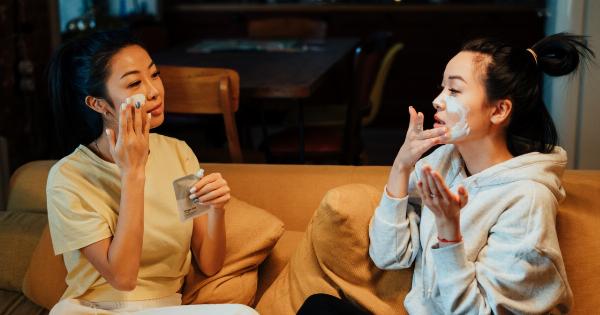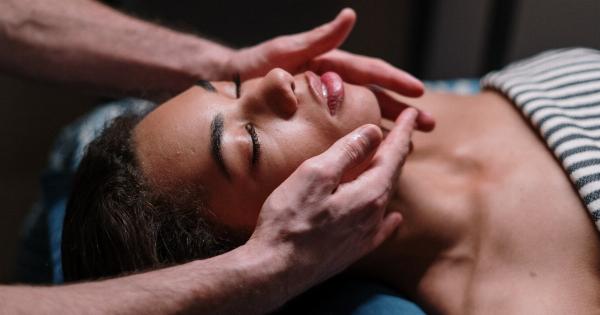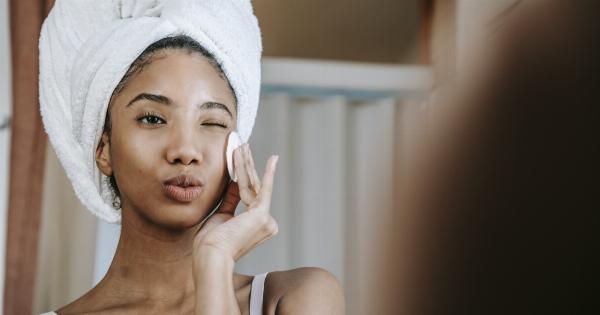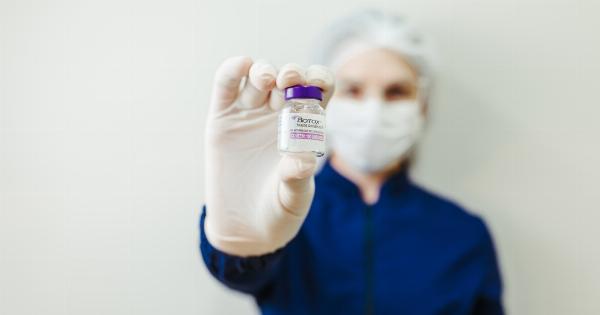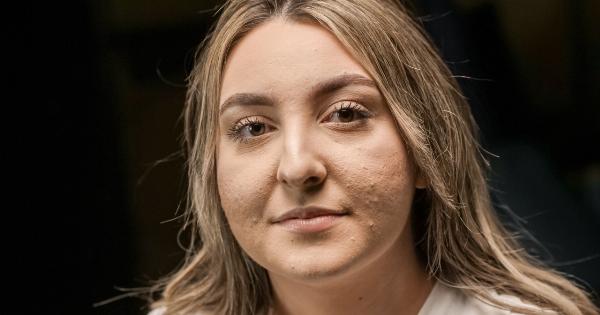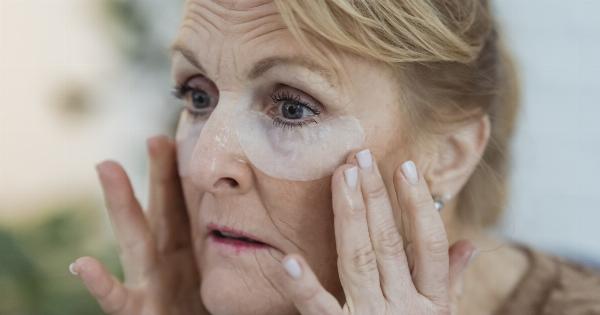Botox, derived from the bacteria Clostridium botulinum, is a well-known cosmetic treatment that is used to reduce the appearance of wrinkles and fine lines.
Although it has gained popularity in recent years, there are still many misconceptions and questions surrounding this treatment. This article aims to provide you with an in-depth understanding of Botox, its benefits, risks, and important considerations before getting the treatment.
1. What is Botox?
Botox is a brand name for a neurotoxin produced by the bacterium Clostridium botulinum. It is derived from the same toxin responsible for causing botulism, a type of food poisoning.
However, Botox is used in extremely diluted and controlled amounts for cosmetic purposes.
2. How does Botox work?
Botox works by blocking the nerve signals in the muscles where it is injected. This prevents the muscles from contracting, which in turn reduces the appearance of wrinkles and fine lines.
It temporarily paralyzes the muscles, resulting in a smoother and more youthful appearance.
3. What are the benefits of Botox?
– Reduction of wrinkles and fine lines: Botox is most commonly used to reduce the appearance of facial wrinkles, such as frown lines, crow’s feet, and forehead lines. – Treats excessive sweating: Botox injections can also be used to treat excessive sweating (hyperhidrosis) in areas like the underarms, palms, and soles of the feet. – Alleviates migraines: Botox has been found to provide relief for chronic migraines by blocking pain signals in the nerves. – Relieves muscle spasms: Botox injections can help relax muscles and reduce muscle spasms, particularly in conditions such as cervical dystonia and eye twitching. – Lifts droopy eyebrows: Botox injections can be used to lift the eyebrows, giving a more youthful and refreshed appearance. – Treats overactive bladder: Botox injections can help control an overactive bladder by relaxing the bladder muscles.
4. Who is a suitable candidate for Botox?
Generally, anyone who is in good health and looking to reduce the appearance of wrinkles or treat other conditions mentioned above may be a suitable candidate for Botox.
However, it is essential to consult with a qualified medical professional to determine if Botox is the right choice for you.
5. Are there any risks or side effects?
While Botox is generally considered safe, there are some potential risks and side effects that you should be aware of: – Bruising or swelling at the injection site – Headache or flu-like symptoms – Drooping eyelid or eyebrow asymmetry – Dryness or excessive tearing in the eyes – Itching or rashes – Numbness or a pins-and-needles sensation – Allergic reactions (rare).
6. How long do the effects of Botox last?
The effects of Botox are not permanent. Typically, the results last anywhere from three to six months, depending on the individual’s metabolism and the area treated. Regular touch-up treatments are necessary to maintain the desired results.
7. What happens during a Botox treatment?
During a Botox treatment, a medical professional will cleanse the targeted area and then inject Botox directly into the muscles using a fine needle. The number of injections will depend on the treatment area and your desired results.
The procedure is relatively quick and usually does not require anesthesia.
8. Is Botox painful?
Most individuals report minimal discomfort during the Botox procedure. The injections are often described as feeling like small pinpricks or mild stinging sensations.
However, if you are particularly sensitive to pain, a topical numbing cream can be applied to the treatment area before the injections.
9. What precautions should you take before and after the treatment?
Prior to your Botox treatment, it is crucial to inform your healthcare provider about any medical conditions, allergies, medications, or previous botulinum toxin treatments you have had.
After the treatment, it is advisable to avoid rubbing the injection site and refrain from engaging in strenuous activities for at least 24 hours. It’s also important to follow any additional aftercare instructions provided by your healthcare provider.
10. How to select a qualified medical professional for Botox?
When considering Botox, it’s vital to choose a qualified and experienced medical professional to administer the treatment.
Look for a licensed healthcare provider, such as a dermatologist or plastic surgeon, who has extensive training and a good reputation in performing Botox injections. Before deciding, read reviews, ask for recommendations, and arrange a consultation to ensure you feel confident and comfortable with your chosen professional.




